Yard/Grass Advice in Houston, Texas
jluedemann
13 years ago
Related Stories
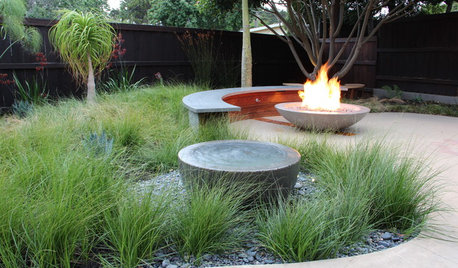
LANDSCAPE DESIGNEnergize Your Landscape With Masses of Grasses
Create year-round interest with waves of attention-getting grasses for all kinds of yards
Full Story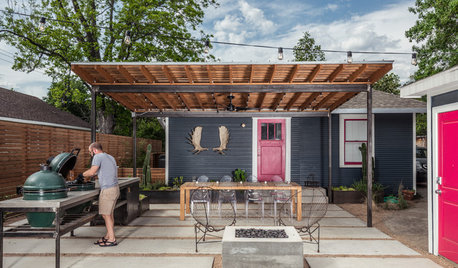
PATIOSA Modern Backyard Trumps the Texas Heat
New shaded areas offer a respite in an outdoor Houston living room, while a fire pit re-creates fond memories
Full Story
HOUZZ TOURSHouzz Tour: Modern Design Merges With Hindu Heritage in Houston
Based on a traditional Hindu grid and with a gallery devoted to Ganesh, this home for 3 generations in Texas still speaks to modernism
Full Story
You Said It: ‘Texas Has It Going On’ and More Houzz Quotables
Design advice, inspiration and observations that struck a chord this week
Full Story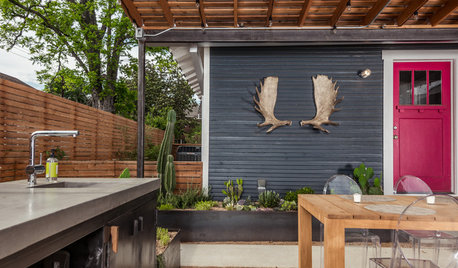
PATIOSPatio Details: See What Makes Up This Outdoor Room in Houston
Want to get the look of this patio and outdoor kitchen? Here's the lowdown on design, materials and costs
Full Story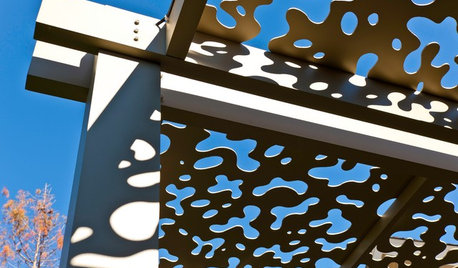
PATIOSPatio Details: A Custom Aluminum Arbor Cools Things Down in Texas
Panels in the roof have leaf pattern cutouts that create dappled shade and a calm, relaxed ambience
Full Story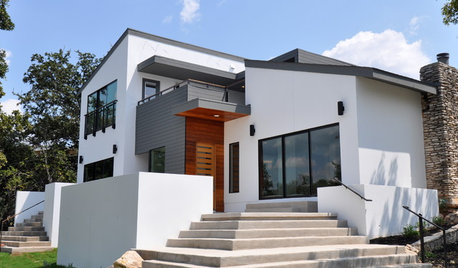
HOUZZ TOURSHouzz Tour: Modern Renewal for a Tired Texas Ranch
This major makeover involved additions, layout changes and a new facade. See the stunning results here
Full Story
LANDSCAPE DESIGNIs It Time to Consider Fake Grass?
With more realistic-looking options than ever, synthetic turf can be a boon. Find the benefits and an installation how-to here
Full Story
GRASSES10 Ways to Use Ornamental Grasses in the Landscape
These low-maintenance plants can add beauty, texture and privacy to any size garden
Full Story
LANDSCAPE DESIGN15 Great Ideas for a Lawn-Free Yard
End the turf war for good with hardscaping, native grasses and ground covers that save water and are easier to maintain
Full Story





botanicalbill
texas_weed
Related Professionals
Franconia Landscape Architects & Landscape Designers · Mountain Brook Landscape Architects & Landscape Designers · Allentown Landscape Contractors · Braintree Landscape Contractors · Brooklyn Park Landscape Contractors · El Segundo Landscape Contractors · Fort Hunt Landscape Contractors · Mendota Heights Landscape Contractors · Norristown Landscape Contractors · Painesville Landscape Contractors · San Antonio Landscape Contractors · Welby Landscape Contractors · Citrus Heights Swimming Pool Builders · Lake Forest Swimming Pool Builders · Sacramento Swimming Pool Buildersnearandwest
texas_weed
nearandwest
dchall_san_antonio
jluedemannOriginal Author
botanicalbill
lou_spicewood_tx
texas_weed
texas_weed
jluedemannOriginal Author
jluedemannOriginal Author
ltruett
jluedemannOriginal Author
texas_weed
nearandwest
ltruett
carquoteplease_yahoo_com
jlmart26
jlmart26
texas_weed
jlmart26
dchall_san_antonio